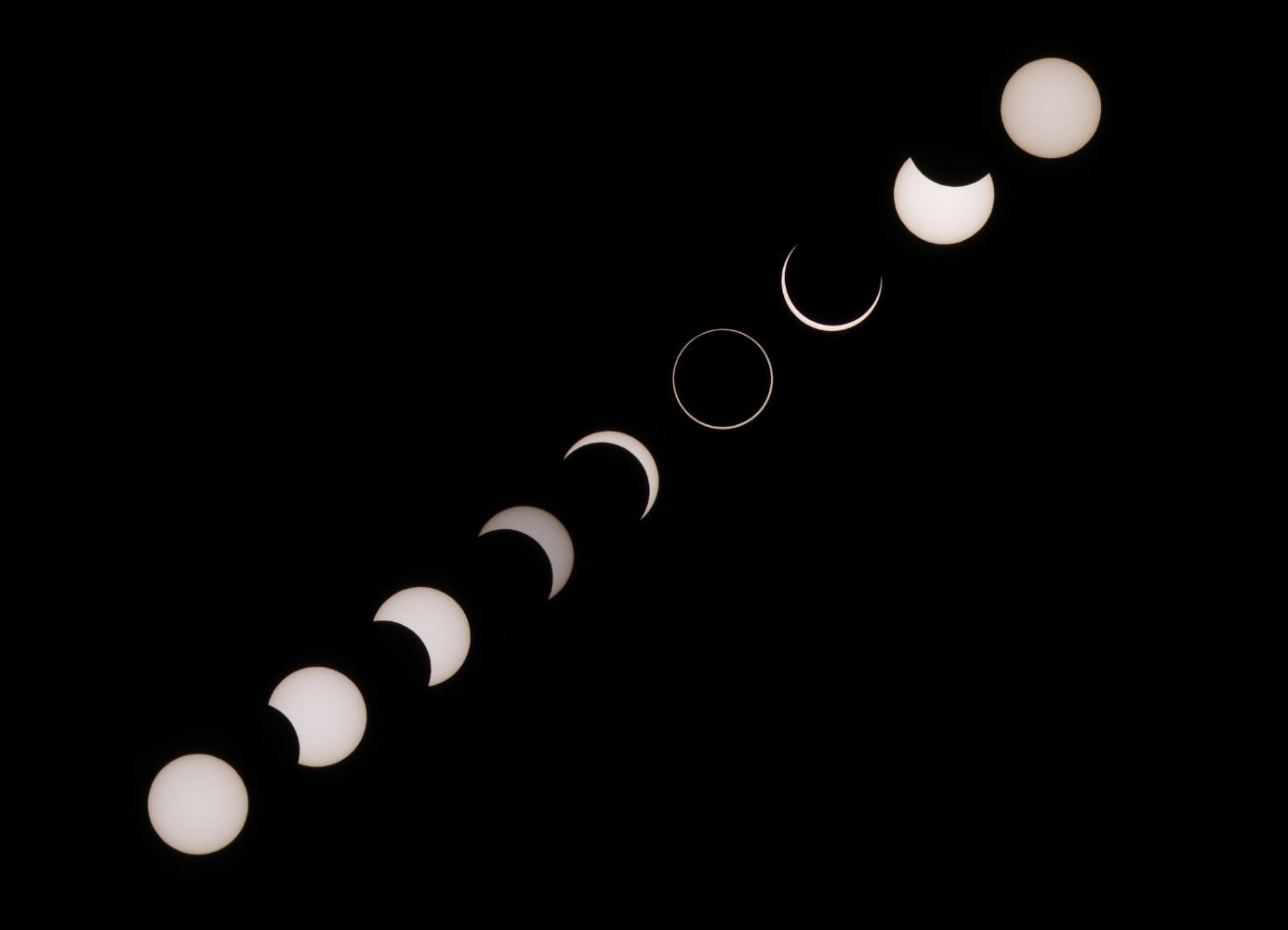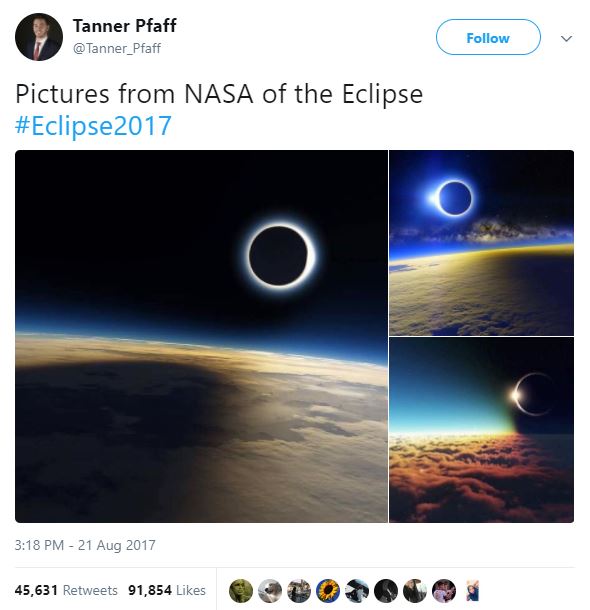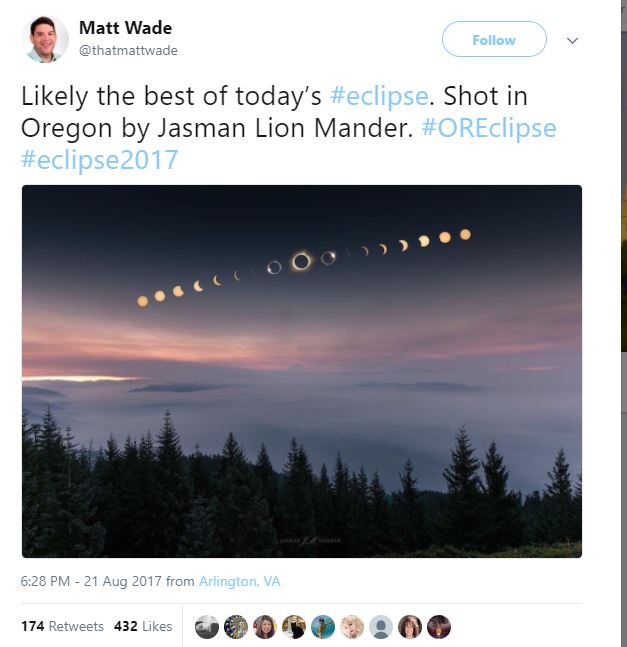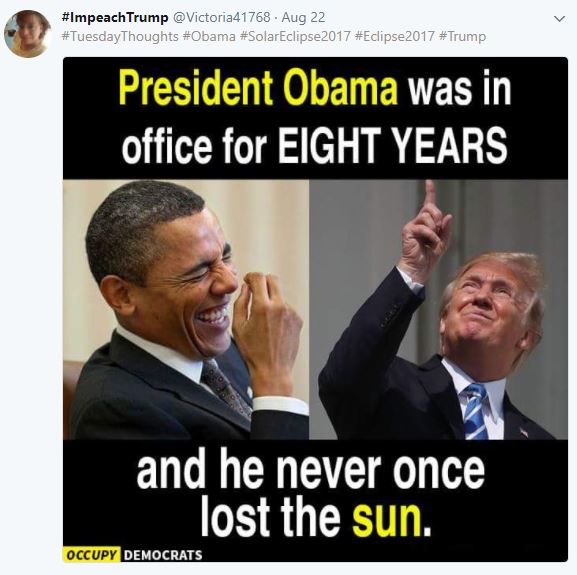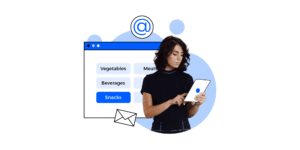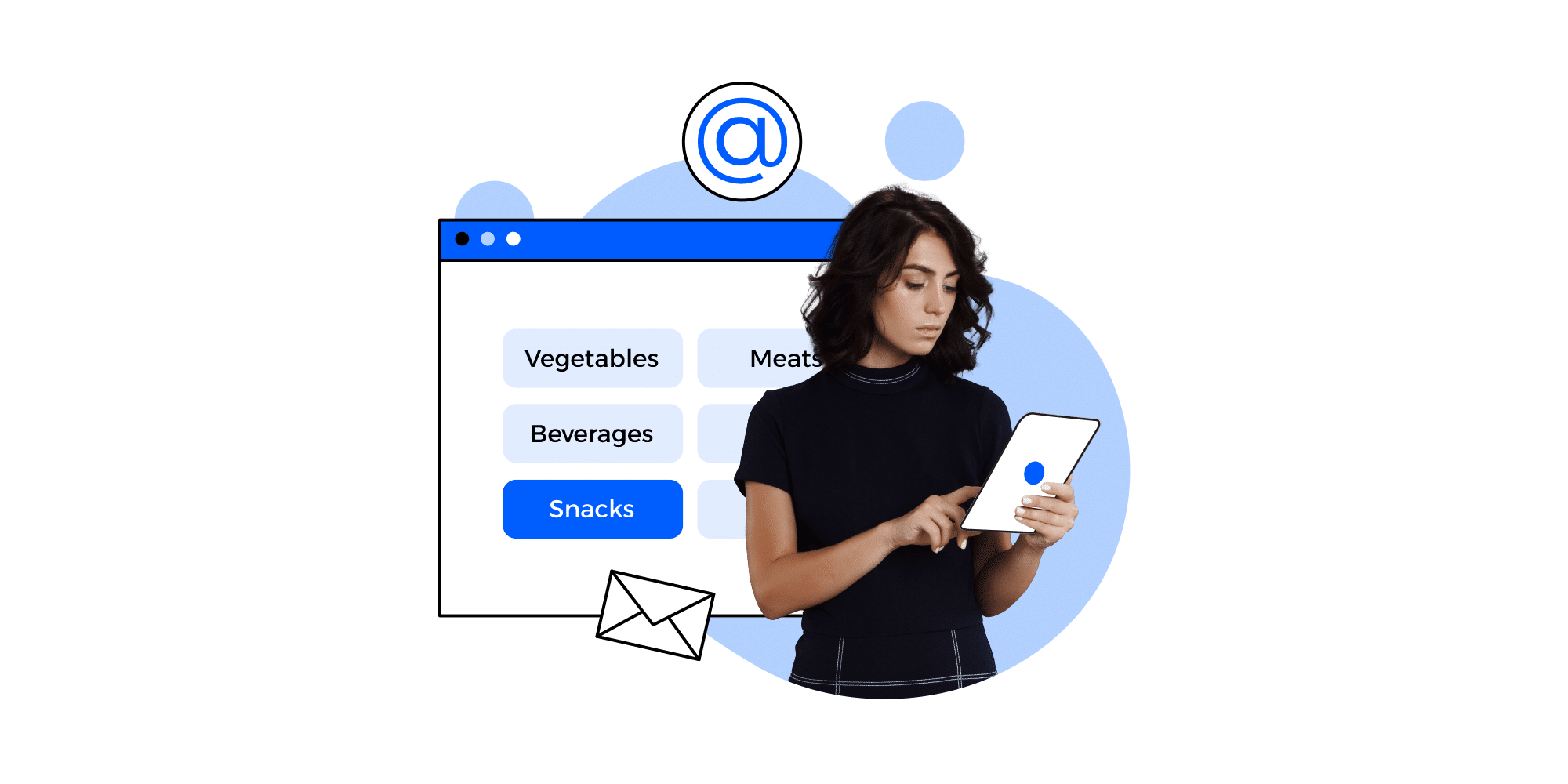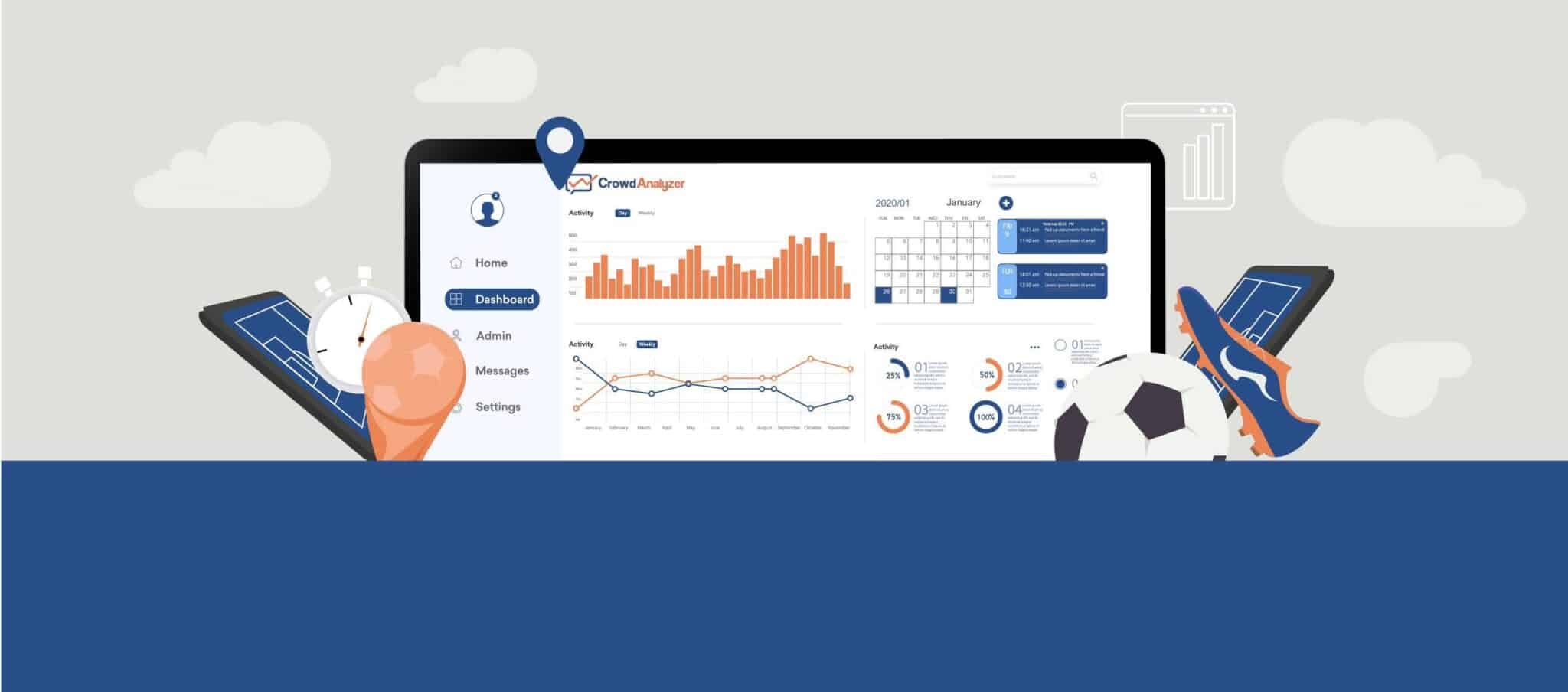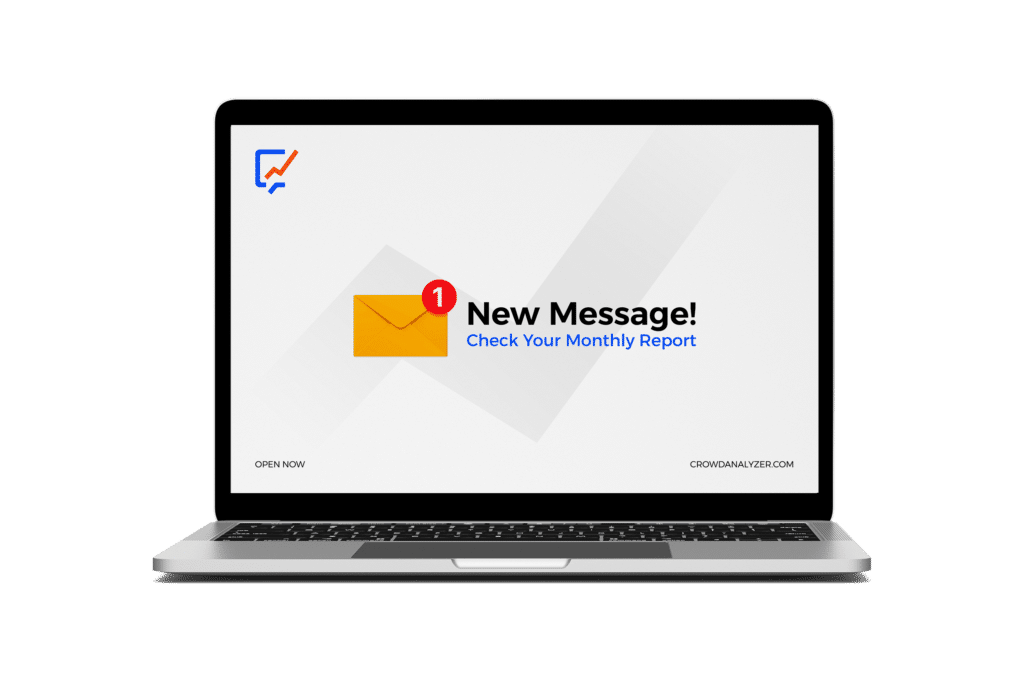Last time a full solar eclipse took place was in 1979, the main media of coverage were radio, television, and printed publications. It shows how much the world has changed ever
Top Content
Twitter’s official account was the most followed
The rest of the tweets were replies to other users who tweeted about the eclipse. Twitter’s account came first among influencers, as it had the highest numbers of followers. The account’s 5 tweets about the eclipse received more than 54k interactions, most of which were retweets and replies to the link of the eclipse’s live coverage.
NASA tweeted more than 40 times, generating more than 300k interactions. While the influencer with the highest number of tweets featuring the hashtag #Eclipse2017 was a Brazilian account Fortaleza, who is followed by 871 people. Fortaleza used the hashtag in 863 tweets.
Satellite View or Live Coverage?
The top mentions which attracted many users were either live coverage of the eclipse or high-quality photographs taken by satellite cameras. The link to The Weather Channel’s live coverage was retweeted by many users and business accounts including Twitter’s.
Videos and pictures received more interactions than any other type of content. Videos such as the live coverage of The Weather Channel and satellite photographs such as NASA’s were retweeted thousands of times. It’s interesting to know whether people were more keep on sharing the video or other images.
We filtered the results of the stream to know what type of content Americans are keen on sharing. Visual content took the lead with links to the live coverage of the event as well as spectacular photographs from several sources. Over 9k photographs were tweeted, while more than 8k videos were shared. The top photographs were the ones published by NASA, while the top video was a link to the live video, followed by the link to the live coverage of the event.
Business Accounts
It was remarkable that business profiles did not take advantage as they should from the event. For example, the most active business accounts were Twitter and NASA. Both accounts are related to the event and promoted coverage of the event whether through live video or satellite pictures and videos. Of course, other users provided some interesting content, yet business accounts weren’t as active as they should be. Only 4% of users engaged with the buzz were business accounts.
Some content by users who do not have many followers boomed because of the eclipse. For instance, the following photograph,
The Trumps’ Share of The Buzz
Since the solar eclipse took place in the US, of course, President Trump and the first lady were also a trending topic for online users. Most of the 3.9k tweets about the president and the first lady were joking about the fact that Trump was directly looking at the sun without wearing protective shades. Others commented on the fact that he was pointing towards the sun as if he’s asking for anyone to confirm where he should look to see the eclipse.
